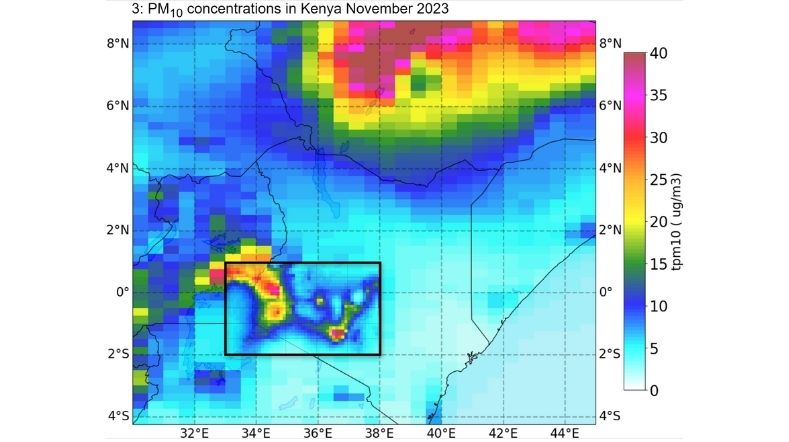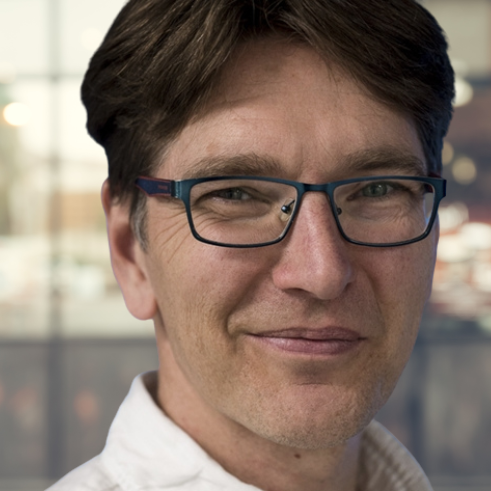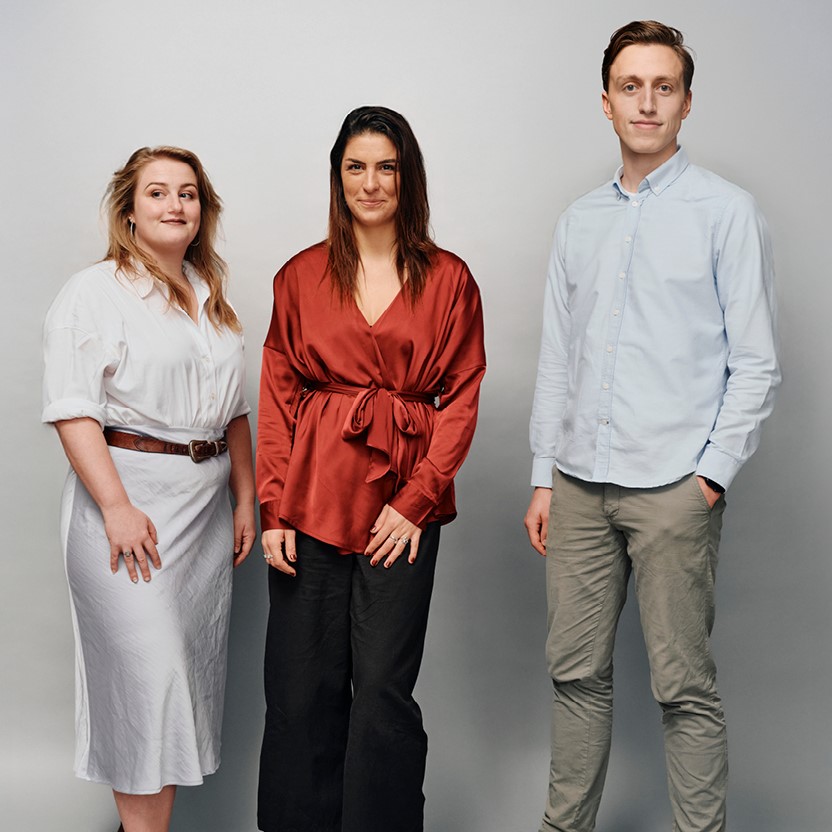
Making air healthier along busy roads
The Netherlands is one of the most densely populated countries in the world. This makes housebuilding a major challenge in the country, not least for our health. Because many new-builds are planned near busy roads, where air quality is poor. How can we reduce the risks pollution poses to our health through targeted research into sources, smarter designs and better urban planning? And what can you do to improve air quality in your own home? Three air quality experts from TNO have the answers, as well as six practical tips.
Too much housing near busy roads
To overcome the housing shortage, nearly one million homes need to be built in the Netherlands by 2030. The question is where? Because it’s becoming increasingly difficult to find the right locations. This means many new-build developments are near busy roads.
Recently, investigative journalism platform Investico looked at plans to build about 400,000 new homes, which showed that as much as 10%, i.e. some 40,000 homes, are being built too close to busy roads. This is resulting in air quality not meeting the Regional Public Health Service (RPHS) guidelines.
RPHS recommends keeping houses at least 150 metres away from a motorway, at least 50 metres from busy roads outside urban areas and at least 25 metres inside urban areas.
While municipalities have to take into account the guidelines based on European standards for particulate matter and nitrogen oxides when locating buildings for vulnerable people (such as schools, nurseries and homes for the elderly), there is still a lack of legislation when it comes to constructing new homes.

‘Traffic is a major source of certain pollutants. Vehicles are getting cleaner, but you will always get particulate emissions from brake and tyre wear.’
Traffic is a serious cause of pollution
TNO has a long track record of air quality research in the Netherlands. Bas Henzing, Proposition Manager for Climate and Air Quality at TNO: ‘Our research has been geared towards helping municipalities and provinces to measure air quality against European limit values, but mainly to see what kind of actions can be taken. We have worked closely with the Dutch Ministry of Infrastructure and Water Management to coordinate our research agenda and objectives. Companies come to us because they have a reporting obligation, want an incident investigated, or would like to know what their environmental emissions are.’
But how bad is air pollution along busy roads? ‘Everyone feels that living near busy roads isn’t good for your health. Our studies also show that traffic is a major source of certain pollutants. Vehicles are getting cleaner, but you will always get particulate emissions from brake and tyre wear.’
Particulate matter risks difficult to demonstrate
Air near busy roads is primarily contaminated by nitrogen dioxide (NO2), particulate matter (PM10 and PM2.5), and ultrafine particulate matter − the smallest particles of particulate matter you can get. Excessive concentrations of NO2 and particulate matter can lead to lung problems and make cardiovascular diseases worse. Children, the elderly, and people with respiratory diseases such as asthma are particularly sensitive to nitrogen dioxide.
When it comes to particulate matter, it’s a bit more difficult to determine all the health risks, says Ties Korstanje, Programme Manager for Particulate Matter at TNO. ‘Particulate matter is an umbrella term for any substance up to 10 µm. But PM10 is made up of millions of components that all have different effects. Particulates from combustion emissions that burn fossil fuels such as diesel have been classified as carcinogenic by the World Health Organization (WHO). We don’t know enough about the harmful effects of tyre wear yet, but the metals released into the air by brake wear are certainly not good for us.’
Quantifying the health risks
Besides PM10, our attention is increasingly turning to ultrafine particulate matter, which is particulate matter smaller than 100 nm. Bas Henzing: ‘Ultrafine particulate matter poses major health risks because these tiny particles penetrate very deeply into your airways and are also absorbed into the bloodstream. However, it is difficult to prove because epidemiologists don’t have enough information on the subject yet. For that, you need long data sets and high-resolution measurements and models.’
But TNO is looking at specific substances and health risks in even more depth through research based on a health-relevant indicator, explains Ties Korstanje. ‘We are trying to measure those pollutants according to each specific source and conclusively establish that busy roads do result in higher levels of pollutants. Our goal is to be able to qualify the overall health risk with a rating, say from 1 to 10. This will soon allow us to demonstrate even better that certain sources have a greater impact on our health than others. These insights can also eventually form the basis for European standards and directives.’
Local people getting involved in measuring
Residents in municipalities and provinces are increasingly getting involved in TNO's work. Bas Henzing: ‘There are several projects throughout the Netherlands. For example, on the Hollandse Luchten project in North Holland, citizens are not only helping us to carry out measurements, but also to formulate new research questions. Then we can take targeted measurements at the points that residents are concerned about, such as near a waste incinerator.’
‘Wood burning is another hot topic. In Flevoland, for example, we involve schools and pupils in our measurements. With this community-based monitoring, we all use the same measurement methods and everyone has the same data, so it is very open and transparent. By giving citizens insight as well as a voice, they are also more inclined to help us come up with solutions.’
From insight to action
The measurements taken by TNO ‒ whether with residents or independently ‒ are used to improve air quality. These are part of the five-step approach that TNO uses to make air cleaner.
Bas Henzing: ‘We work with air quality models that we calibrate using measurements taken by us, by local residents, by local and national measurement bodies, and by the National Institute for Public Health & the Environment. Then we can determine the sources: what comes from industry, from traffic, from the agricultural sector, from natural sources?’
‘We are also looking what originates locally, because pollution is also carried by the wind. Once we have identified those sources, we will be able to produce specific advice on what measures you can take to tackle pollution.’
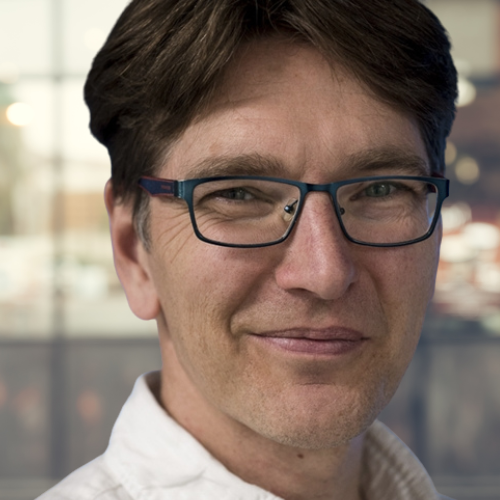
‘We insulate our homes until they are completely sealed, but often forget about ventilation or proper extraction for cooking. We need to pay more attention to that. One idea is to subsidise not only insulation but also ventilation systems.’
With these insights, policymakers and companies will be better placed to consider environmental factors in planning decisions. Ties Korstanje: ‘This will allow for an even better trade-off between housing or office developments along busy roads. We believe the living environment should also start to be factored into the points system for rental properties, given so much social housing is planned along busy roads. If the air quality isn’t great, you can award extra points for a good ventilation system or other measures that improve the indoor climate. Something to think about.’
Working towards better indoor air quality
The focus is still on tackling air pollution at its source. But TNO also has a great deal of knowledge on healthier indoor air climates. Piet Jacobs is a Researcher on Indoor Environment and Energy Conservation at TNO. ‘With all the focus on sustainability in homes, health has been pushed into the background, even though a healthy indoor climate is essential for a sustainable home. We insulate our homes until they are completely sealed, but often forget about ventilation or proper extraction for cooking. We need to pay more attention to that. One idea is to subsidise not only insulation but also ventilation systems.’
A healthy building starts with a healthy design. ‘By the time it’s discovered that the indoor air quality is not right, it’s often too late. But fixing the problem afterwards is expensive and not usually the best option. Since there were no guidelines on effective cooking extraction, we drew up a Schedule of Requirements for Healthy Homes in 2022, so that the construction industry can see exactly what performance requirements need to be met to achieve a healthy home.’
But residents can live healthier by taking simpler steps themselves. Piet Jacobs offers six practical tips.
6 tips for healthy indoor air
‘At a school on The Hague's inner ring road, we advised them to move the air intake from the side facing the road to the other side of the building. That reduced the NO2 in the indoor air by 30% straight away.’
‘Most modern homes have balanced ventilation. There’s always a filter in there, but it barely does anything against particulate matter. Particulate filters (F7/ePM1 50%) are not expensive and will instantly improve your indoor climate. Tenants can ask their landlord about this.’
‘A good extraction system should ideally have an outlet to the outside. Switch it on as soon as you start cooking. And clean your grease filters regularly. Switching from gas to electric cooking also helps.’
‘Everyone knows smoking is bad for you, but candles also reduce air quality considerably.’
‘If you already live on a busy road without balanced ventilation, you might consider installing air purifiers with a HEPA filter, especially in your living room and bedroom.’
‘You can install good air quality sensors for CO2 temperature, humidity and even particulate matter for not too much money, so you know when to take action.’
Get inspired
Environmental DNA: TNO charts a new course for biodiversity monitoring


An innovative view on particulate matter
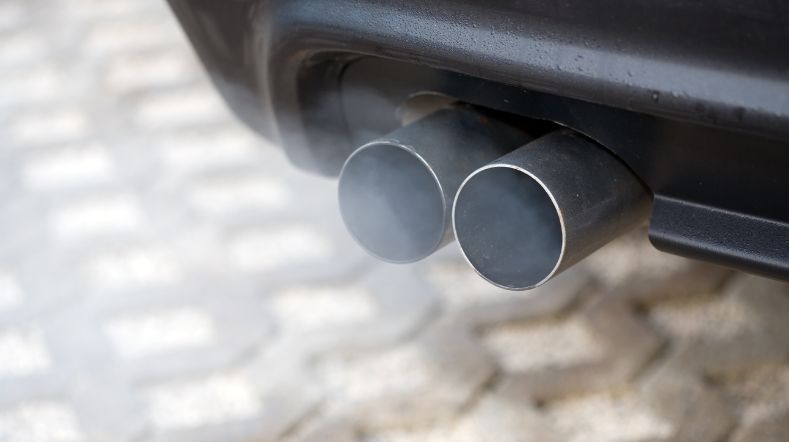

Tracking sources of greenhouse gases with satellites
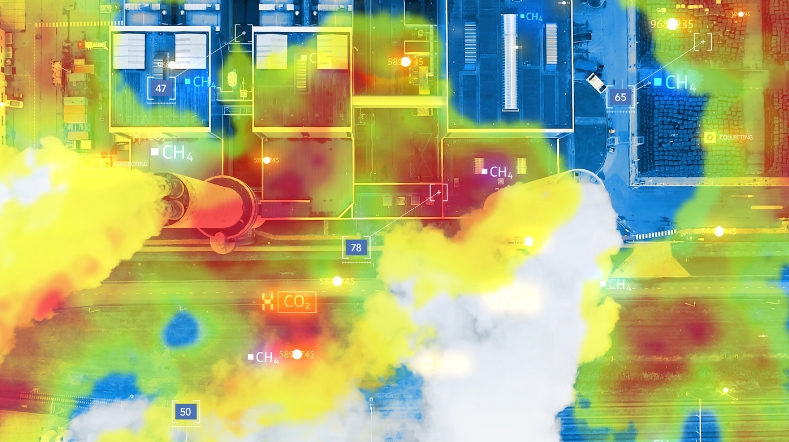

This is our time: Eleonie van Schreven’s work on small satellites with a big impact


ATACH selects TNO model for climate-related health risks in Kenya
